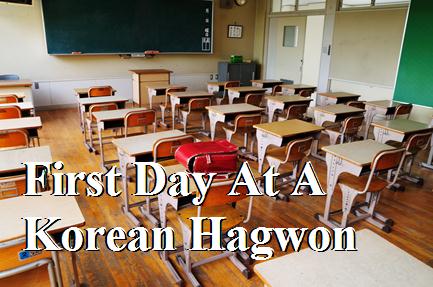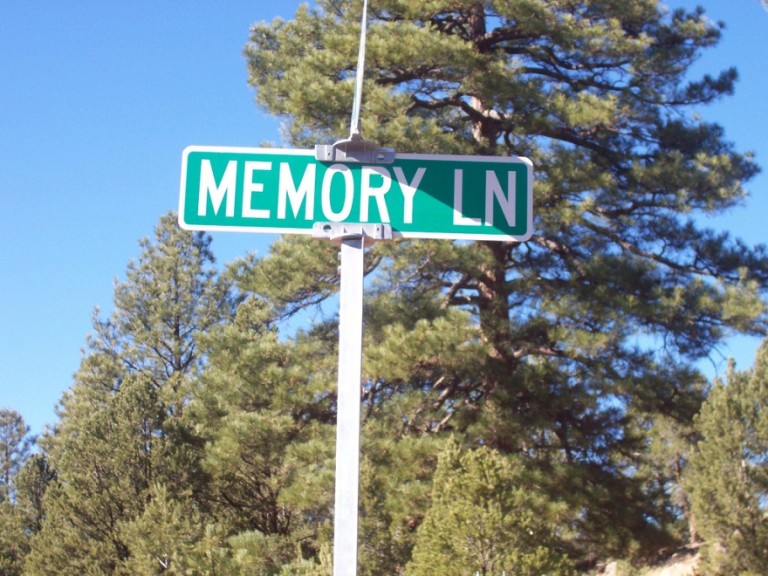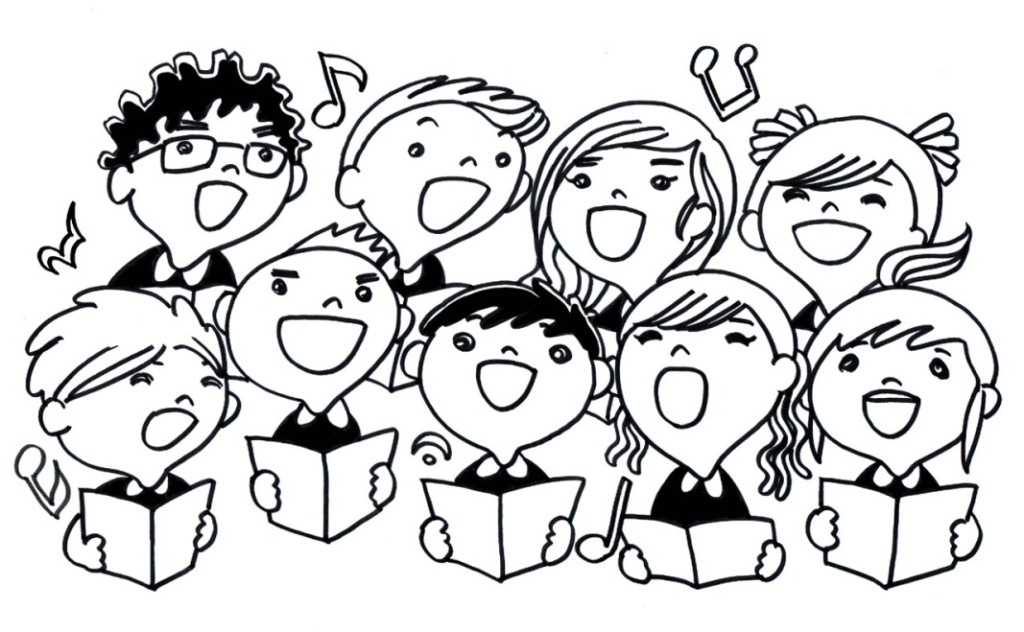
First Day at a Hagwon
Let’s take a step back to remember our first experience of teaching in a English classroom. We want to try to remember our first day at a Korean Hagwon. Sometimes the experience can be good, while other times we begin teaching a level foreign to us. To avoid the lost and confused connections between teacher and student, we will look at ways to prepare the teacher for many scenarios.
As a teacher, we want to give a good first impression. The connection between the teacher to student and student to teacher should be solid and respected.
Lessons, Activities, and Tips
- Memory Introduction
Using our memory is an excellent way to help us succeed in a classroom. There is a reason why we all have this ability. Everyone has it and we can use it to our advantage.
Activities with memory can work both ways. It can help with our student’s memory and our own memory. As a teacher, we want our students to remember the activities we do and become better.
This can work for all ages. Even the early students who just began English to the high school students and higher.
Memory Introduction is a simple game we can play throughout the course of the class. All you have to do is to go over an introduction of the teachers to students.
For example,
My name is John. What is your name?
I am from America. Where are you from?
I am a teacher. What are you?
I like to read. What do you like to do?
My favorite color is…
Well, I am sure you get the picture. As we go over our introduction, we want to quiz our students from time to time. It helps with retention and keeps the students on track.
When we are ready to remember, we can point to our head and say something like “Let’s Remember!”
This is another great way to engage with students. In the beginning of a language, there is a language barrier that prevents communication from the teacher to student. It can be difficult for a student to identify when they have to listen, speak, and remember.
A way to work with this issue is to engage with actions.
For example;
When we want a student to speak, we point to our mouth.
When we want a student to listen, we point to our ears.
When we want a student to remember, we point to our head.
We can also be creative by giving a special hand signal to do a special action. You can use your imagination!
In addition, this is a great opportunity to go over the rules with the students, which includes sit, stand, do’s, and don’ts.
- Word Associations
Word Associations is similar to Speaking with Actions, but you can take it a step further. We can help a student to grow by associating a word to an action.
For example;
“Fast” and “Slow” – We can run fast in a place where we stand moving gradually forward and around. For “Slow”, we can convey a slow motion running action. We can move like Neo in the Matrix. Students love this, because it gives a chance to explore all the actions we make (usually, the world is fast paced).
“Start” and “Finish” – Starting from one end of the classroom, pointing at the wall and say “Ready, Set, Start!”. Now, run with short active steps to the other end of the classroom. While touching the wall at the end, say “Finish!”
If you notice, you can use the opposite of words to bring a good balance in the vocabulary.
- Song
We should know at least one or two songs memorized by heart. Songs are normally for those who are early English Learners. Nevertheless, we should be prepared for anything!
The best songs to start are the simple songs! Simplicity is the key to life. The students can learn from you and everyone can have fun, while not thinking too much about the words.
Though, to help with the words, we can stop between segments of a song and explain a word. Use a “Word Association” to make the word understandable.
A great and simple song is “Twinkle, Twinkle, Little Star”, but somehow can touch each and everyone of us:
Twinkle, twinkle, little star,
How I wonder what you are,
Up above the world so high,
Like a diamond in the sky,
Twinkle, twinkle little star.
How I wonder what you are.
When the blazing sun is gone,
When he nothing shines upon,
Then you show your little light,
Twinkle, twinkle, all the night,
Twinkle, twinkle, little star,
How I wonder what you are.
Summary
The first day can be loads of fun and we have the power to brighten up the hearts and aspirations of our students. With preparation, we can have an exciting first day. If anything we teach our students, we can teach our students practical skills of life.
Have a great day!
I encourage you all to leave comments on the posts as we can have a great discussion and help each other along our ways bettering our homes and experiences together.



